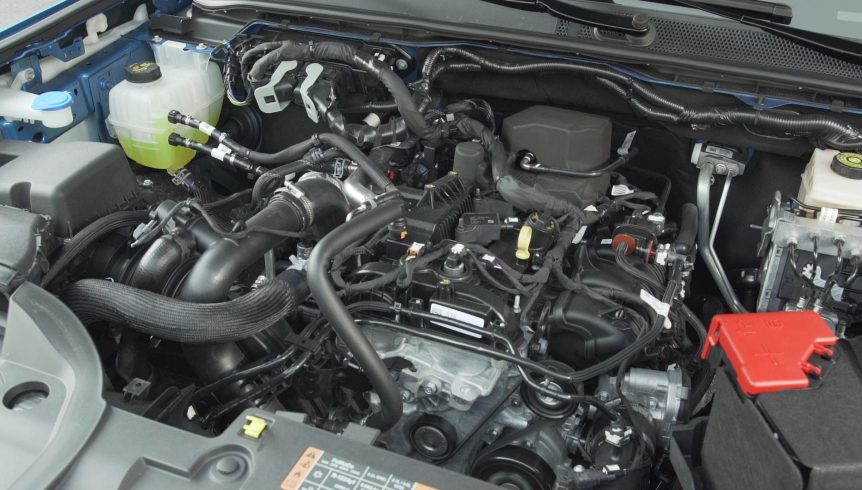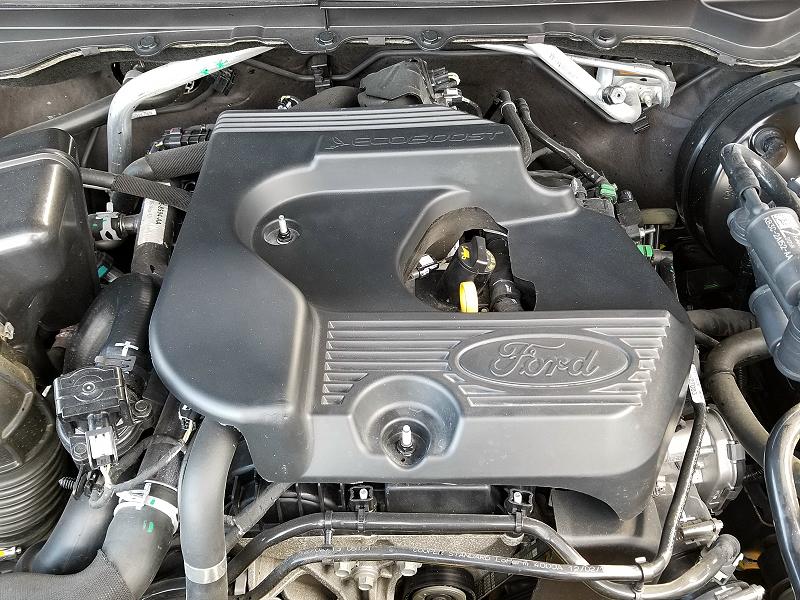Recognizing the Basics of Auto Engines: Functions, kinds, and attributes

Overview of Car Engines
An automobile engine offers as the heart of a vehicle, transforming fuel into mechanical power to propel it ahead. This detailed system comprises different parts that work in unison to make sure optimum performance and effectiveness. The essential procedure of a cars and truck engine entails the internal combustion process, where gas and air are combined, ignited, and removed to produce power.
The engine's layout can significantly influence its efficiency, gas effectiveness, and discharges. Secret elements include the cyndrical tube block, pistons, crankshaft, and camshaft, each playing an essential duty in the engine's total feature.
Along with these elements, engines typically use numerous systems such as gas shot, ignition, and cooling systems to enhance performance and longevity. Understanding the fundamental auto mechanics of cars and truck engines is necessary for executing and detecting problems upkeep, inevitably contributing to the car's reliability and efficiency with time.

Kinds of Car Engines
Auto engines can be categorized into a number of kinds based upon their layout, fuel kind, and functional concepts. 2.2 ford ranger engine. The most common classifications consist of inner combustion engines (ICE), electrical engines, and hybrid engines
Internal combustion engines, which can be additional separated right into fuel and diesel motor, operate by sparking a fuel-air mixture to produce power. Gas engines are generally lighter and smoother, while diesel engines are much more fuel-efficient and offer higher torque.
Electric engines use electric energy kept in batteries to power an electrical motor, offering instant torque and zero emissions during operation. As technology breakthroughs, electric vehicles (EVs) are increasingly becoming popular for their environmental benefits and reduced running expenses.
Hybrid engines integrate elements of both internal burning and electrical engines, permitting adaptable source of power and enhanced fuel efficiency. They can run in different settings, using either the gas engine, the electric motor, or both at the same time.
Each type of engine has distinct advantages and downsides, influencing their application in different car types and market sectors, from small autos to sturdy trucks. Understanding these kinds is necessary for making informed choices pertaining to car choice and performance expectations.
Engine Features Clarified
Recognizing engine functions is critical for realizing how lorries operate efficiently. At the core of any kind of inner burning engine lies the basic process of converting gas into mechanical energy.
The ignition happens next, firing up the combination and producing a rapid expansion of gases. This pressure drives the piston down throughout the power stroke, which eventually translates into the rotational movement of the crankshaft. The exhaust stroke then gets rid of the invested gases from the chamber, making means for a new cycle to commence.
Along with these main features, engines additionally incorporate systems that manage cooling and lubrication, making certain optimal operational temperatures and decreasing rubbing in between relocating components. This intricate interplay of functions allows the engine to create the power needed for lorry propulsion while maintaining efficiency and reliability. Comprehending these functions offers important insight right into the complexities of automobile engineering and enhances the ability to detect and address engine-related concerns effectively.
Key Engine Features
Engine design encompasses a number of crucial functions that substantially influence resilience, efficiency, and effectiveness. One of this contact form the most essential elements is the engine configuration, which consists of inline, V-type, and flat layouts. Each setup influences the engine's size, power, and equilibrium outcome, thus impacting overall lorry characteristics.
Another crucial attribute is the engine displacement, describing the overall volume of all cyndrical tubes. Larger variations usually yield more power but might jeopardize gas effectiveness. Engine products additionally play an essential function; lightweight and high-strength products, such as aluminum and magnesium alloys, enhance efficiency without including too much weight.
The kind of gas injection system utilized-- such as multi-port or straight shot-- affects burning efficiency and discharges. Supercharging and turbocharging are functions that improve engine performance forcibly added air into the combustion chamber, boosting power result without significantly boosting engine dimension.
Finally, the presence of innovative engine management systems enhances fuel-air mixture and ignition timing, adding to smoother operation and much better fuel economic climate. Jointly, these functions specify an engine's abilities, establishing the foundation for its performance and longevity in a competitive automotive landscape.
Upkeep Tips for Engines
Correct engine upkeep is important for making certain optimum efficiency and durability, as overlooking routine treatment can result in considerable issues down the line. To maintain your engine efficiently, start with normal oil adjustments, commonly every 3,000 to 7,500 miles, relying on the sort of oil utilized. Fresh oil lubricates engine parts, decreasing friction and wear.
In addition, keeping an eye on coolant levels is important to protect against getting too hot. Guarantee that the coolant is covered up and is in great problem to preserve effective temperature level policy. On a regular basis examine and replace air and gas filters, as clogged up filters can prevent air flow and gas distribution, jeopardizing engine performance.
In addition, focus on ignition system and ignition systems. Malfunctioning or worn ignition system can result in misfiring and lowered performance. Inspecting the battery terminals and connections for corrosion is also necessary, as a weak battery can affect engine starting.

Verdict
In summary, a comprehensive understanding of car engines incorporates various kinds, functions, and crucial functions that significantly affect vehicle efficiency. Internal combustion engines, along with electrical and hybrid alternatives, show diverse systems for power conversion. 2.2 ford ranger engine. Acknowledging the important features, such as consumption and exhaust cycles, together with critical engine functions like arrangement and fuel shot systems, gears up auto owners with the expertise needed for efficient upkeep and operation, eventually boosting vehicle durability and efficiency
A vehicle engine offers as the heart of a lorry, converting fuel right into mechanical power to propel it forward. The fundamental procedure of an auto engine involves click now the interior burning procedure, in which gas and air are blended, ignited, and removed to produce power.
Regularly check and change air and gas filters, as stopped up filters can prevent air movement and gas distribution, compromising engine efficiency. - 2.2 ford ranger engine
In summary, a detailed understanding of car engines incorporates various types, functions, and essential features that substantially affect lorry performance. Identifying the vital features, such as intake and exhaust cycles, along with essential engine functions like setup and gas shot systems, furnishes cars and truck proprietors with the understanding required for effective upkeep and procedure, ultimately enhancing lorry long life and effectiveness.
Comments on “The 2.2 Ford Ranger Engine: Ideal for Towing, Off-Roading, and Everyday Use”